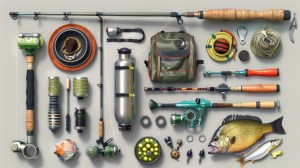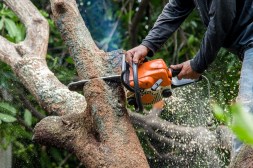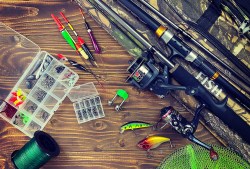Is Your Outdoor Gear Covered? A Look at Common Warranty Terms and Conditions
When investing in outdoor equipment, understanding the warranty coverage is crucial to making informed purchasing decisions. Warranties can vary significantly between brands and types of gear, and knowing what’s included can help you protect your investment. In this article, we’ll explore common warranty terms and conditions for outdoor equipment to help you navigate the landscape of protection for your gear.
What is a Warranty?
A warranty is a promise made by the manufacturer or seller regarding the condition of their product. It often outlines that if certain defects occur within a specified time frame, the company will repair or replace the item at no cost to the consumer. Warranties serve as a form of insurance for buyers, ensuring that they are not left with faulty equipment after purchase.

Types of Warranty Coverage
Most outdoor equipment comes with either a limited warranty or a full warranty. A limited warranty typically covers specific parts and may only apply under certain conditions, such as normal wear and tear. Full warranties tend to be more comprehensive, often covering repairs or replacements without restrictions on specific components. It’s essential to read through these details when purchasing gear.
Common Duration for Outdoor Equipment Warranties
Warranty durations for outdoor gear can vary widely based on product type and brand. For instance, camping tents might come with warranties ranging from 1 to 10 years depending on their quality and price point, while high-end backpacks could have warranties extending up to lifetime coverage. Typically, manufacturers will specify their coverage period clearly in product documentation.
What is Typically Covered?
Most warranties cover manufacturing defects but may not include damage from misuse or accidents such as rips from sharp objects or exposure to extreme conditions beyond recommended usage guidelines. Commonly covered issues include zippers failing prematurely on bags or tents leaking due to defective seams; however, it’s vital to check each manufacturer’s specifics before assuming anything.
How to Make Use of Your Warranty
To ensure you’re prepared in case you need repairs under warranty, keep all receipts related to your purchase as proof of date and place bought. Additionally, register your product online if required by the manufacturer; this step can simplify claims later if issues arise. Always read through customer service procedures outlined by brands—knowing how they handle claims will save you time should problems occur.
Understanding what’s covered under a warranty can make all the difference when it comes time for repairs or replacements on your outdoor gear. Always take time before your purchase decision—research brands’ coverage policies thoroughly so that when adventure calls again whether hiking mountains or camping under stars—you’re fully protected.
This text was generated using a large language model, and select text has been reviewed and moderated for purposes such as readability.











